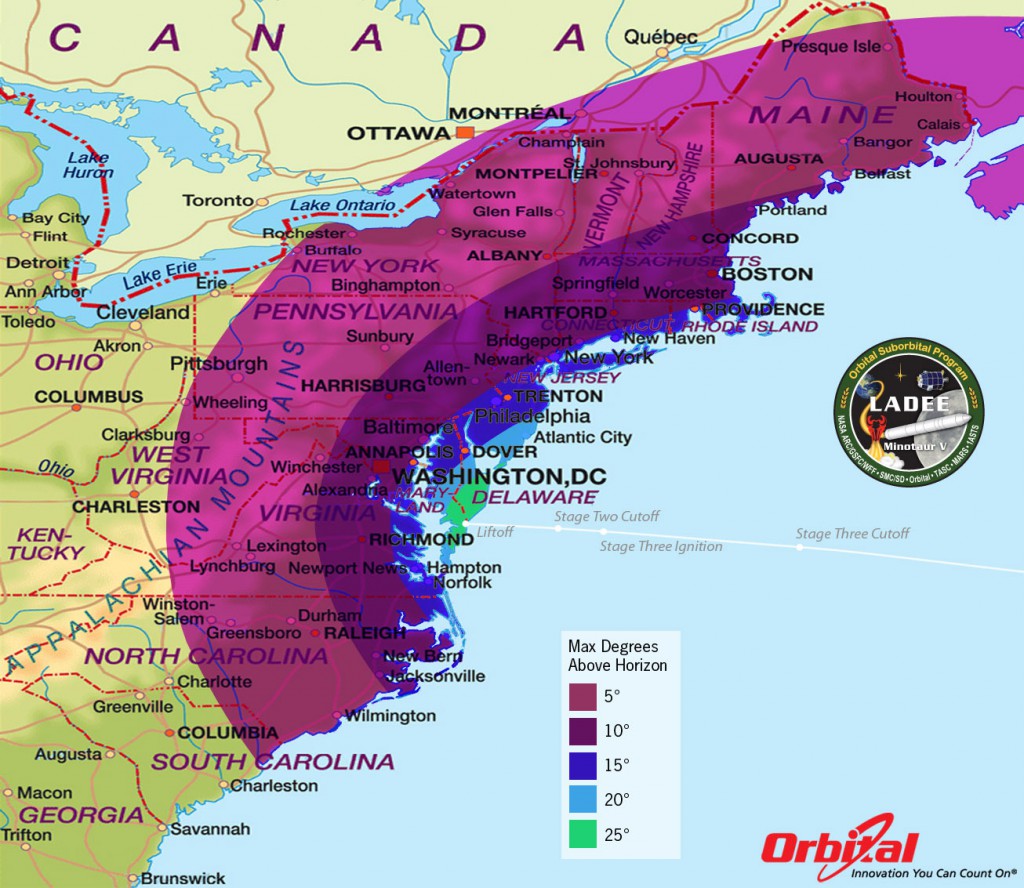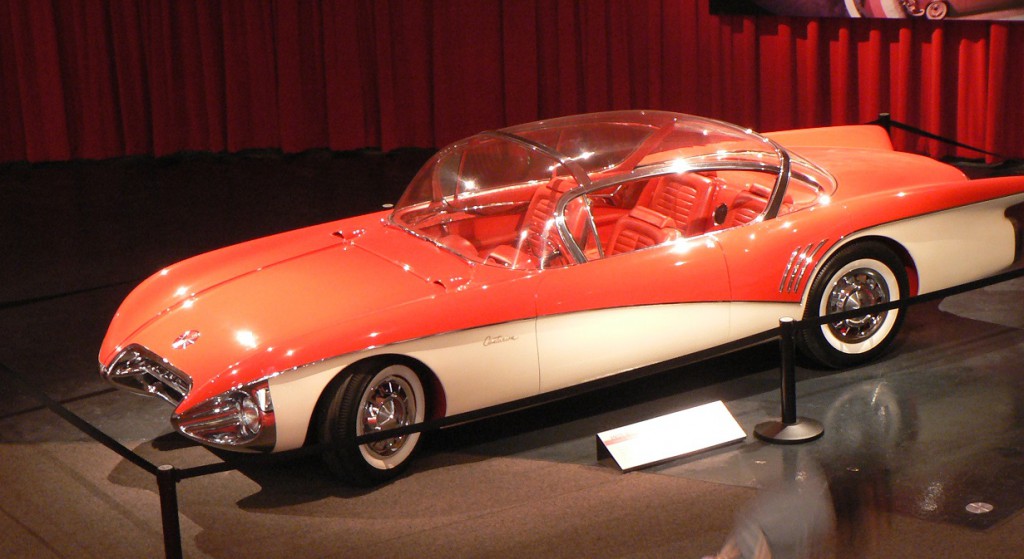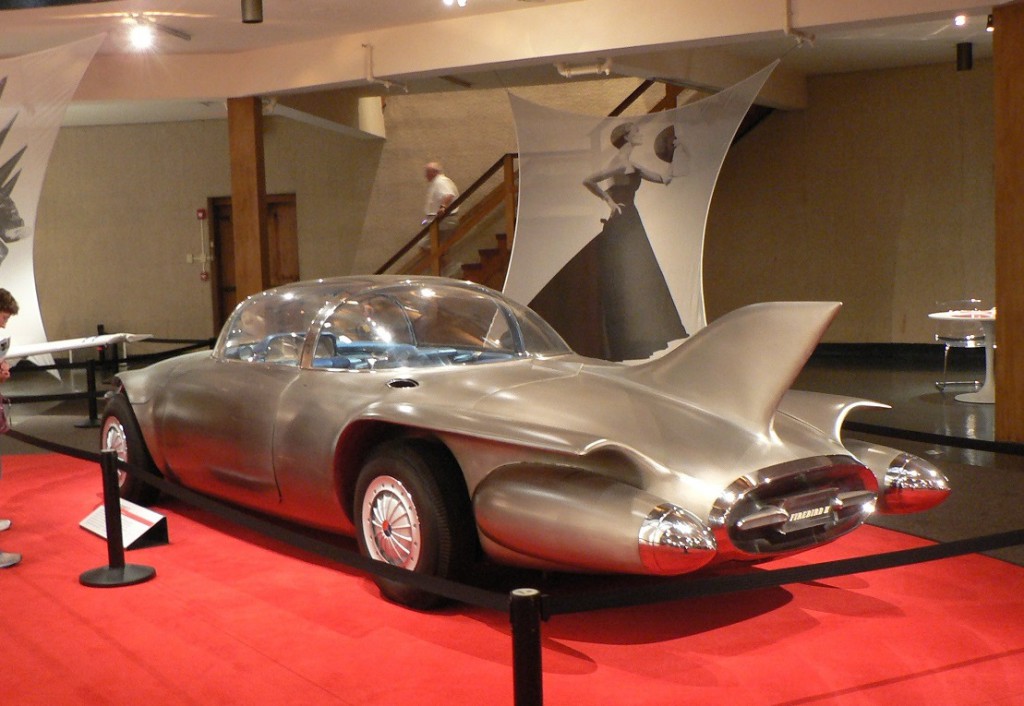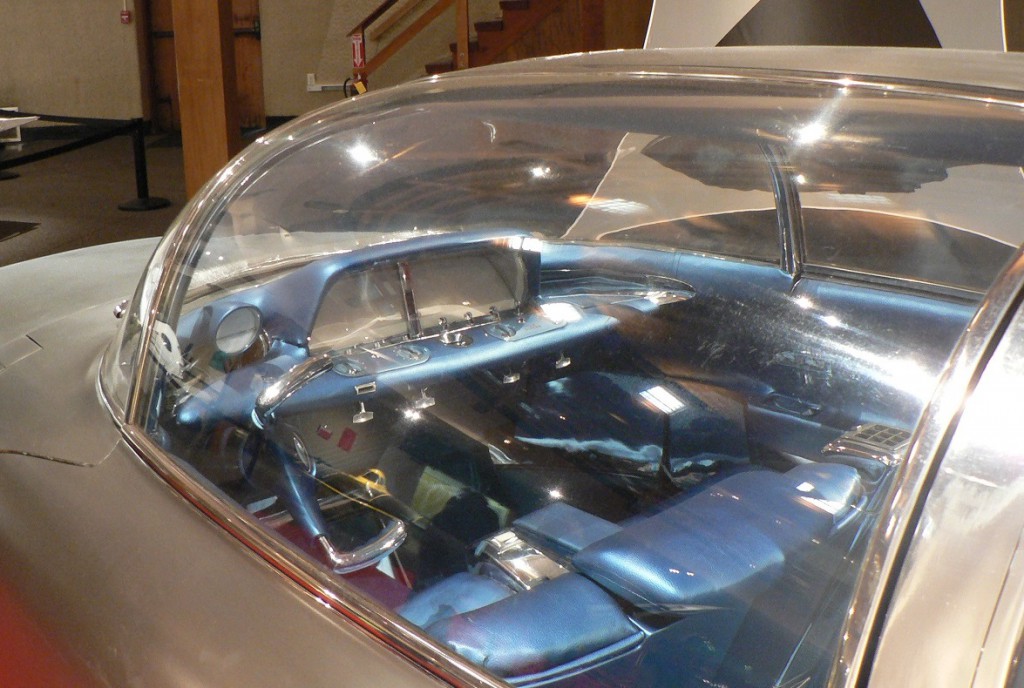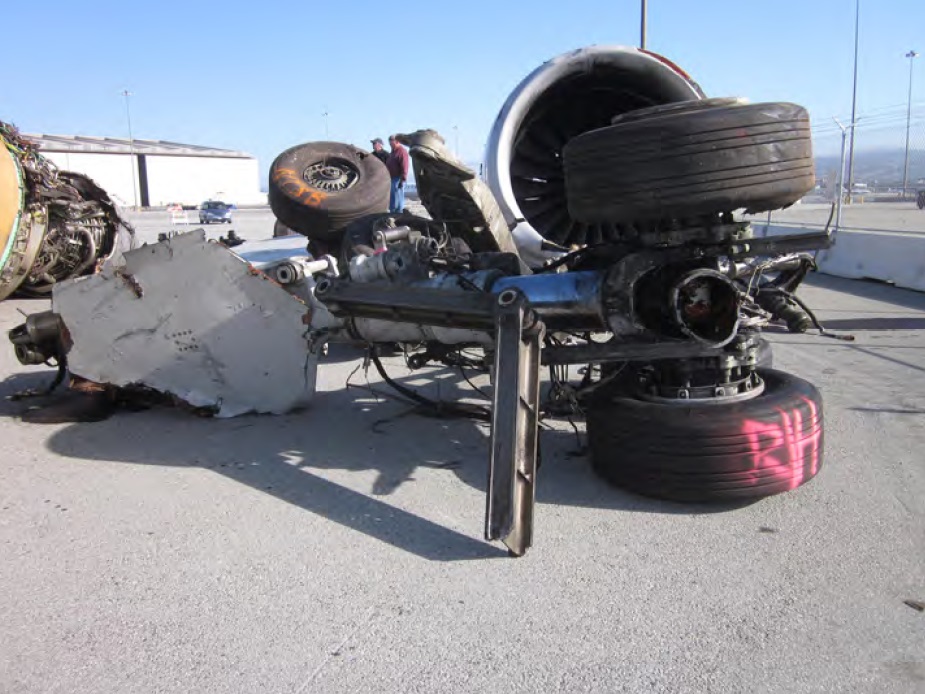Monday at about 4:00 PM I found out I’d have to make a trip to a New York client on Tuesday, a run of about 130 miles. A quick check of the weather showed a forecast for overcast skies with scattered showers, but with the overcast at an acceptable altitude for flying. Great news – I’d be able to get up at 6:00 AM instead of 4:00 AM. Admittedly only two hours, but at that time of morning night, it matters.
Early morning weather briefing, and out to the plane. Still doable under Visual Flight Rules, though I’ll be at about half my usual altitude. Perhaps 10 minutes into the trip, and the visibility begins deteriorating, with light rain. NEXRAD shows nothing onerous ahead of me, so I go down 500 feet and continue on. It’s not getting any better.
I make a decision to switch to Instrument Flight Rules, request a clearance, and in a few moments I’ve shifted from level flight with lousy visibility along the shoreline, to a climb out over the water, with zero visibility. A grayish-white sphere with nothing beyond the wingtips. Rain mists against the windshield, and a few drops work their way in through the defroster vent.
I’m unsettled. Because over the last twenty plus years, though I’ve flown almost fifteen hundred hours, only eighty-two of them were in actual instrument conditions, nothing visible out the window.
I know I can do this. I’ve got a license for it, I’m legally current, and there’s nothing about this weather that poses a significant risk. But my level of confidence corresponds to eighty-two hours of experience, not fifteen hundred, and that transition is disconcerting.
When I had eighty-two hours of total flight time, I was three months past being cut loose for solo flight, and one month from taking my license flight exam. Not a point at which you feel terribly sure of yourself.
There’s a tendency to slip backward, if you permit it to happen. Which is probably what was at work this morning, when I was getting ready to launch. The weather was an ideal candidate for gaining some real-world instrument experience. But I opted for the easy route: staying low and looking out the window.
Though it can fly better than I can, I eschew the autopilot. And I do deviate from altitude and heading now and then, but fairly rapidly get back on course. And when I check the radar track the next day, my divergences aren’t very noticeable. Certainly not enough for me to get scolded by Air Traffic Control. And not remotely enough for a NASA form.
Eventually, I get turned onto the ILS for my destination, and in a few moments the runway resolves itself in the haze. Shortly afterward, I’m fastening the straps on the airplane cover and getting ready for a day of work.
The uncertainties are a tough thing to share. To another instrument pilot, this would seem to be business as usual. To a muggle, the fact that I flew, in an actual airplane, transcends pretty much any details I might provide. So today’s small victory will remain internal.
But it’s still a victory.

